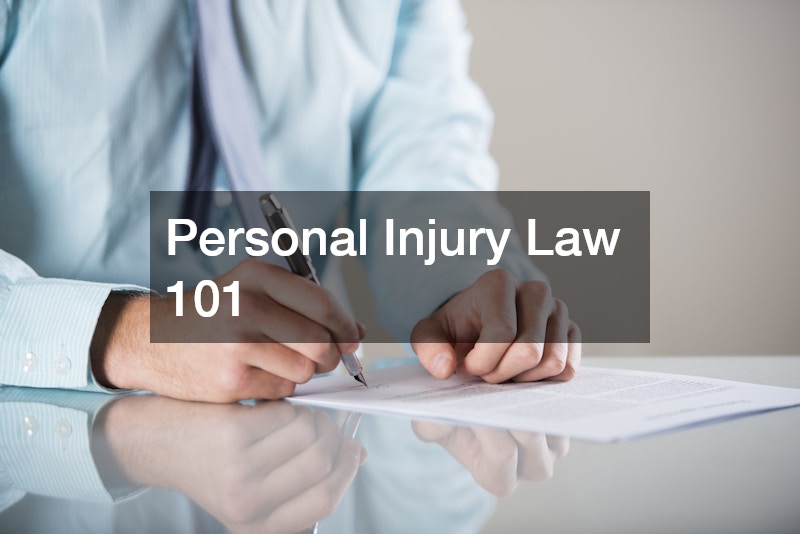
Accidents can upend your health, finances, and routine in a matter of seconds. At its core, personal injury law is the civil system that lets an injured person seek compensation from the party who caused the harm. These cases arise when someone breaches a duty of care, and that failure results in injuries, bills, and other losses.
The goal is not to punish, but to make the injured person financially whole. Knowing the fundamentals helps you protect your rights, document your claim, and avoid missteps that can reduce your recovery.
What Cases Fall Under This Area?
Many everyday events can turn into legal claims if negligence is involved. Car, truck, motorcycle, and bicycle collisions are common, as are pedestrian injuries. Premises incidents, like slips or trips on unsafe surfaces, also fit, along with dog bites and defective product injuries. Medical malpractice, nursing home neglect, and workplace third-party claims can qualify in the right circumstances. The unifying thread is that another person, business, or entity failed to act reasonably, and that failure caused a measurable loss.
How Fault and Negligence Work
Liability usually turns on whether the defendant acted as a reasonably careful person would have under similar conditions. Evidence such as photos, maintenance logs, black-box data, medical records, and witness statements helps establish duty, breach, causation, and damages. Some states apply comparative negligence, which reduces recovery if you share part of the blame. Others follow modified rules that bar recovery if your fault crosses a set threshold. Understanding how your jurisdiction treats negligence is a key part of any personal injury law strategy.
Damages You Can Claim
Compensation falls into two broad categories: economic and noneconomic damages. Economic losses include medical bills, rehabilitation, prescriptions, and lost income or earning capacity. Noneconomic losses cover pain, emotional distress, and reduced quality of life. In limited cases, punitive damages may be available to deter especially reckless conduct. Valuing a claim requires more than adding up receipts; you must connect each loss to the incident with clear documentation, consistent treatment, and credible medical opinions rooted in the rules of personal injury law.
Timelines, Insurance, and Settlement
Every claim is shaped by the statute of limitations, which sets a deadline to file a lawsuit. Miss it, and your case may be dismissed, no matter how strong the facts are. Insurance adjusters will often move quickly to collect statements and offer early settlements, sometimes before the full scope of injury is known. It is wise to wait until you understand your prognosis, future care needs, and wage impact before resolving a claim. Procedural requirements, like notice rules for claims against government bodies, also flow from personal injury law and must be followed exactly.
What To Do After an Accident
Your first priority is safety and medical care. If you can, photograph the scene, get contact information for witnesses, and report the incident to the appropriate authority or property owner. Save bills, mileage, and a simple recovery journal that tracks symptoms, work limitations, and daily impacts. Avoid speculative social media posts that can be taken out of context. Small, consistent steps create a clear timeline and a record that supports both liability and damages.
When To Call an Attorney
You do not have to manage a claim alone, especially when injuries are serious, liability is contested, or multiple insurers are involved. An attorney can evaluate coverage, handle communications, preserve evidence, and prepare for litigation if negotiations stall. They can also coordinate with medical providers, structure liens, and time settlement discussions to match your recovery. Legal guidance helps align facts, deadlines, and documentation with the demands of personal injury law so you can focus on healing.
The path to a fair result is part legal, part practical: get care, document everything, mind the deadlines, and be cautious with quick settlements. With a clear plan and the right help, you can convert a chaotic event into a structured claim that reflects your real losses and supports a durable recovery.




